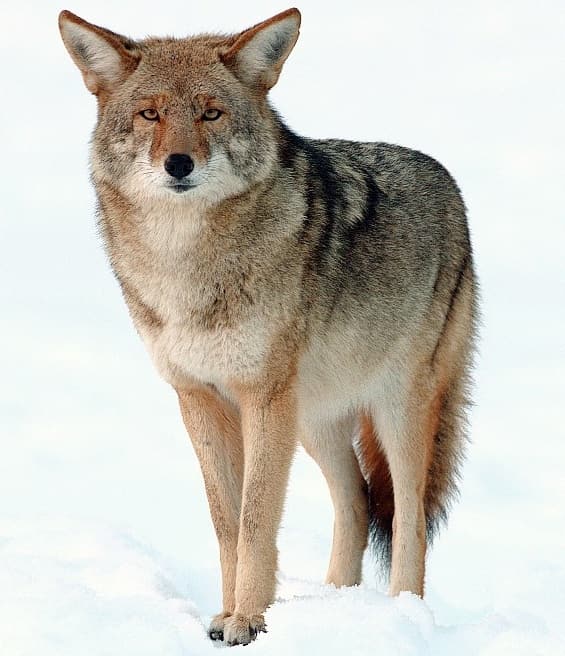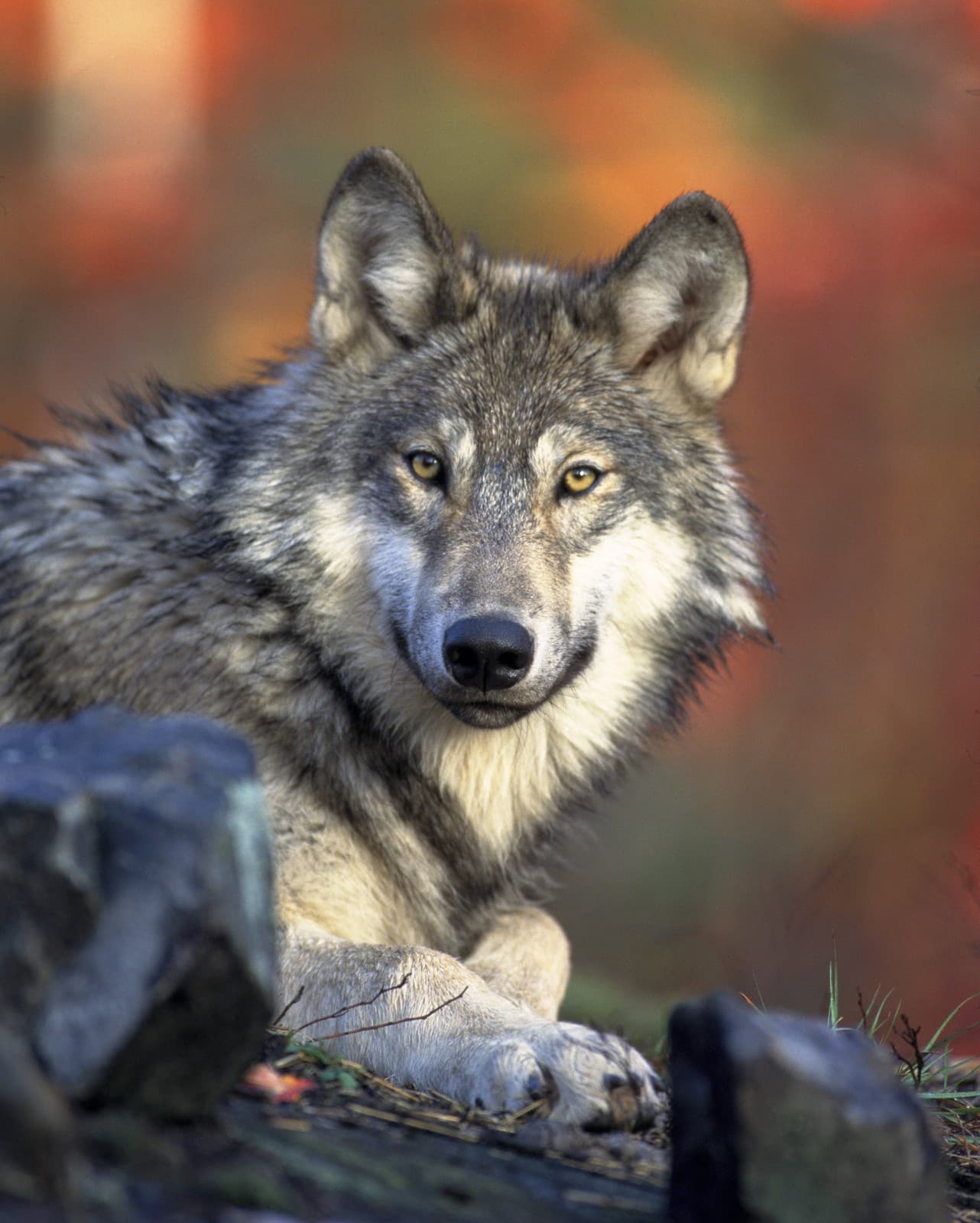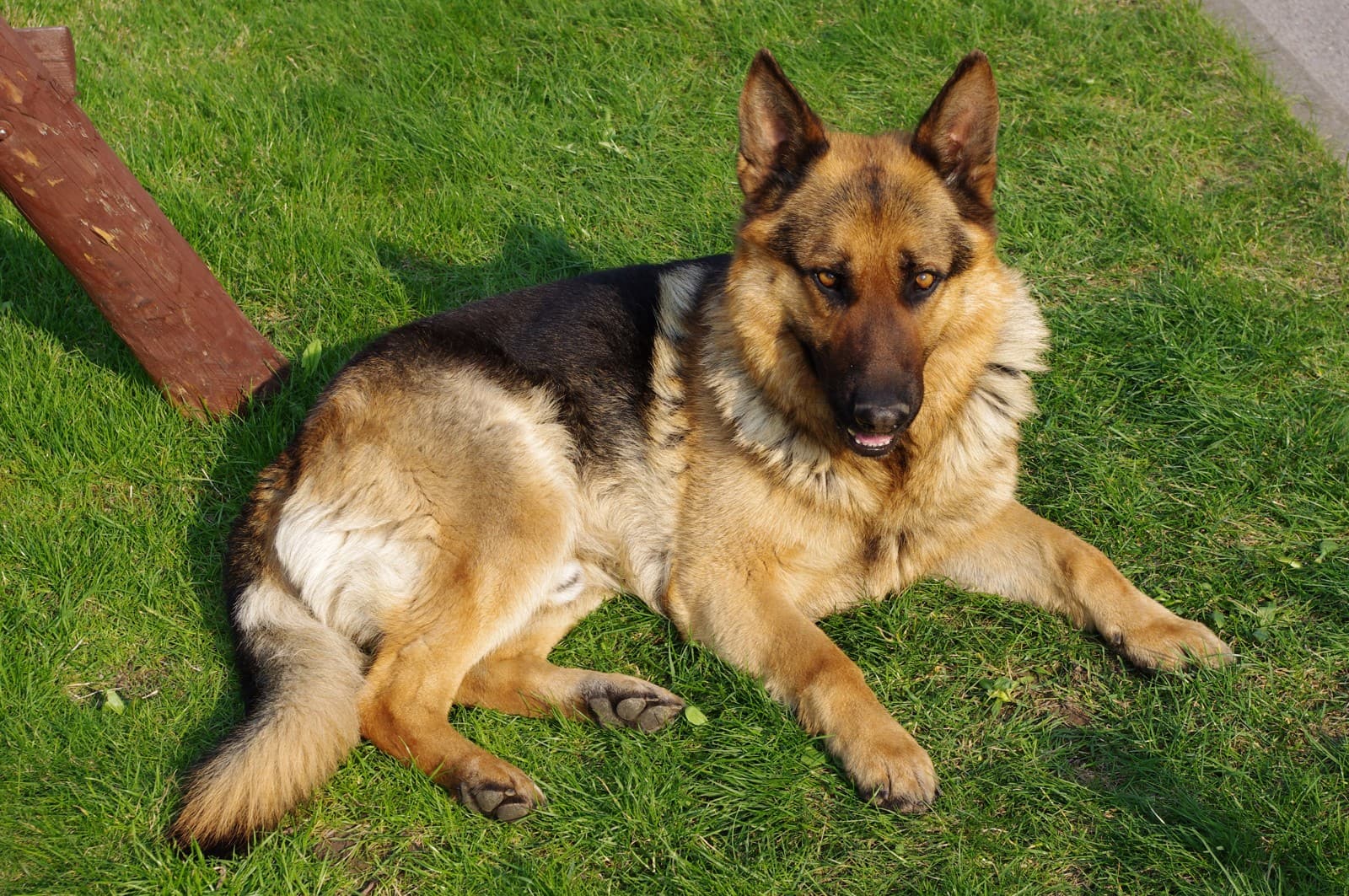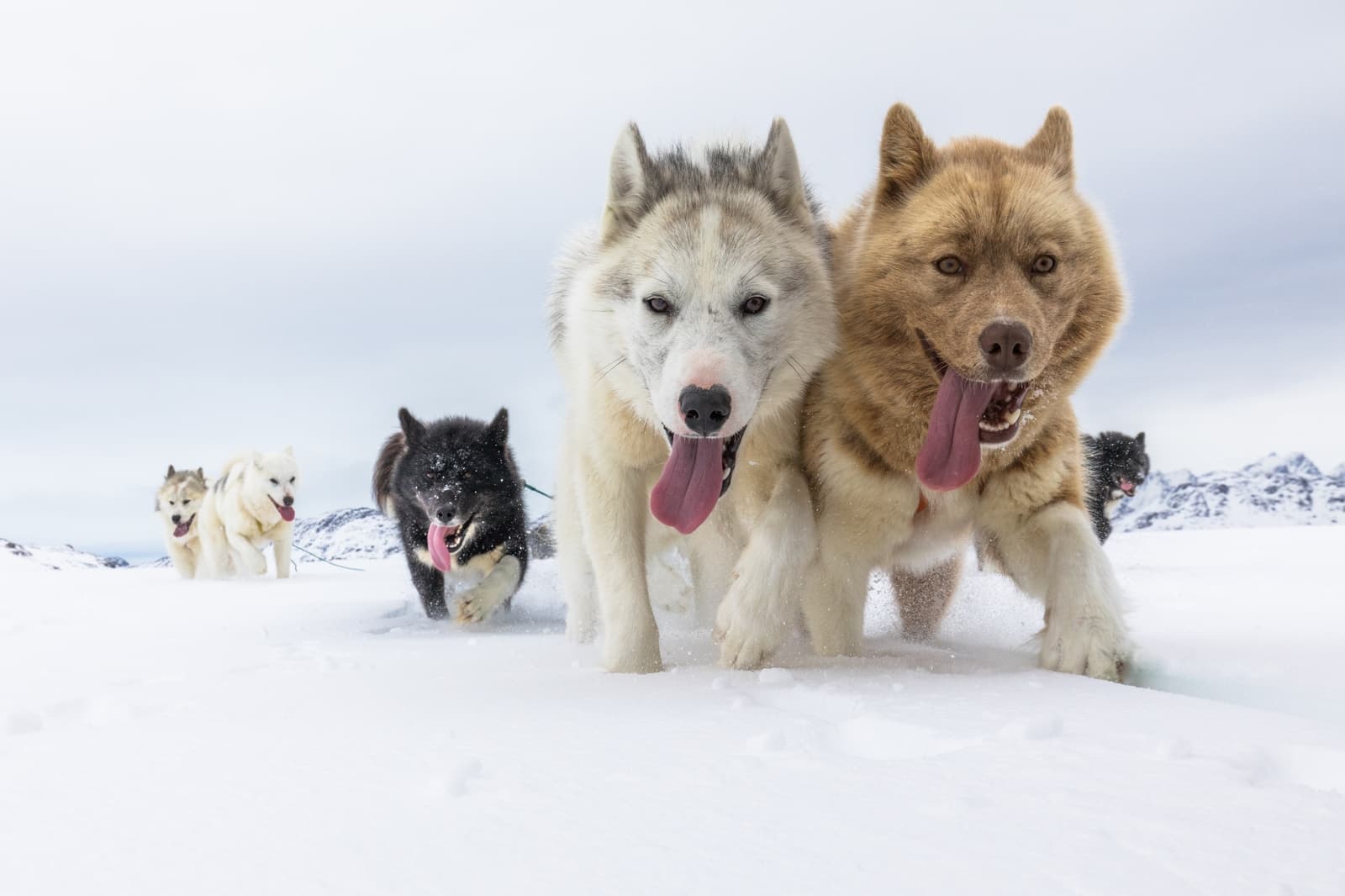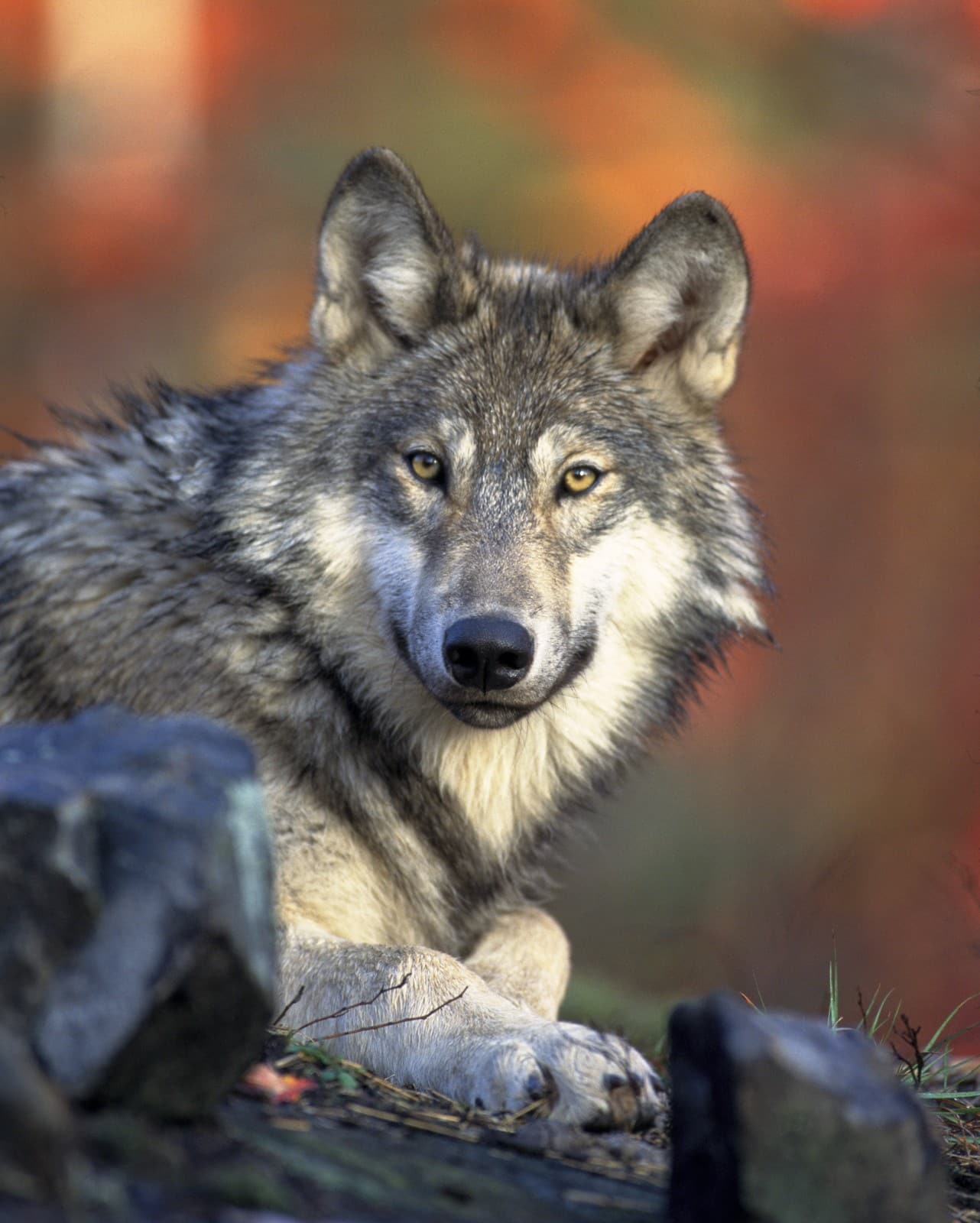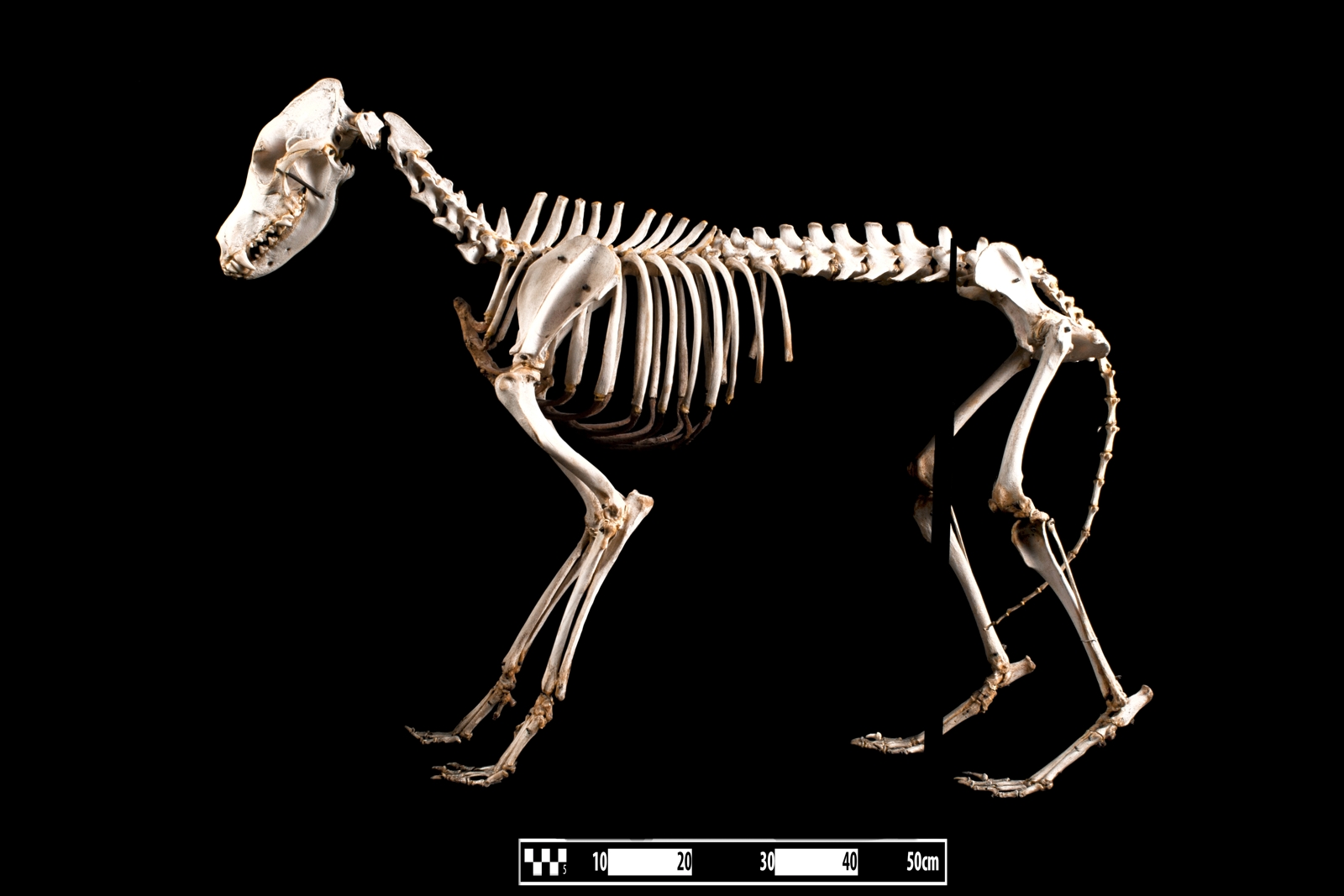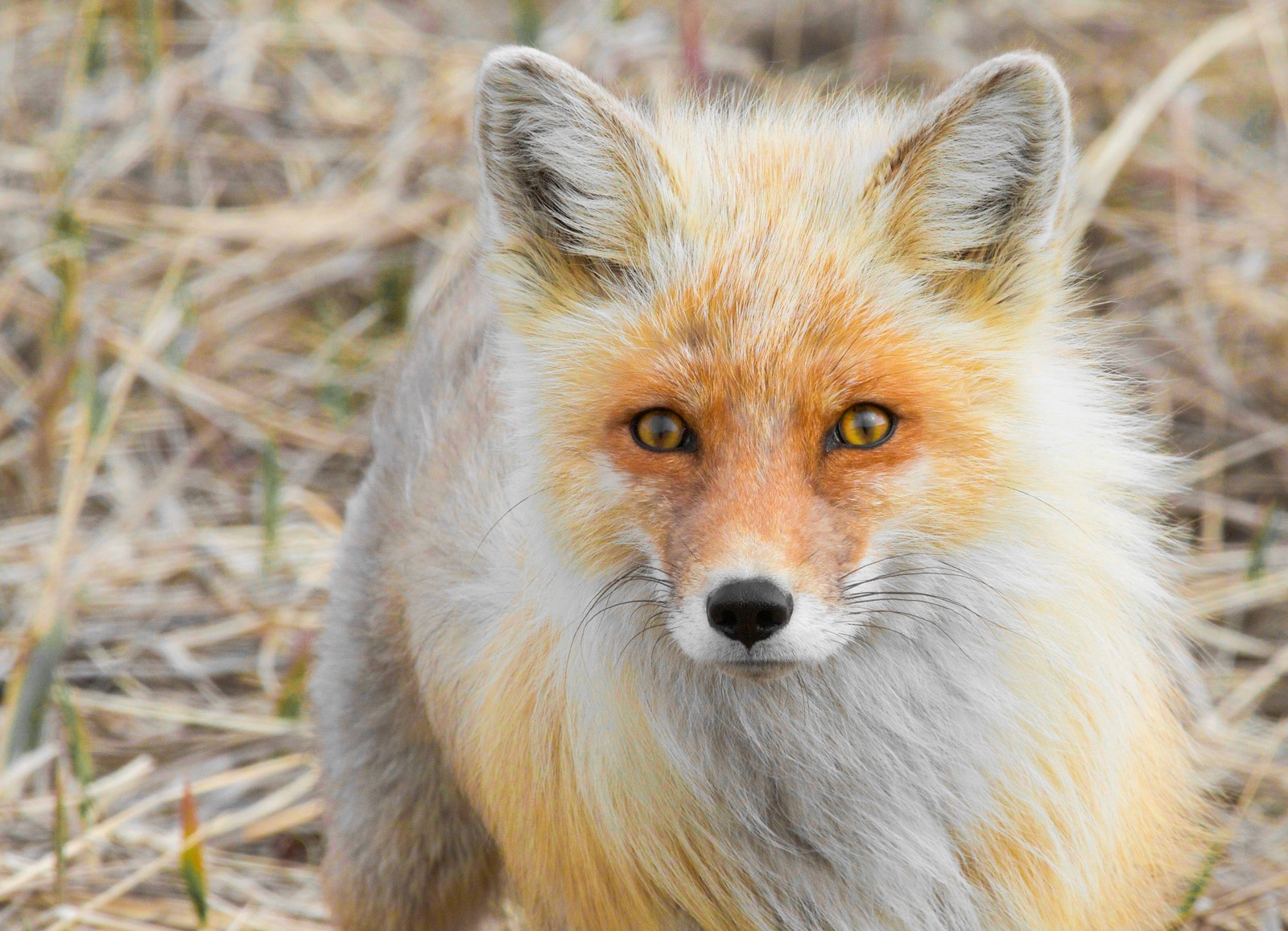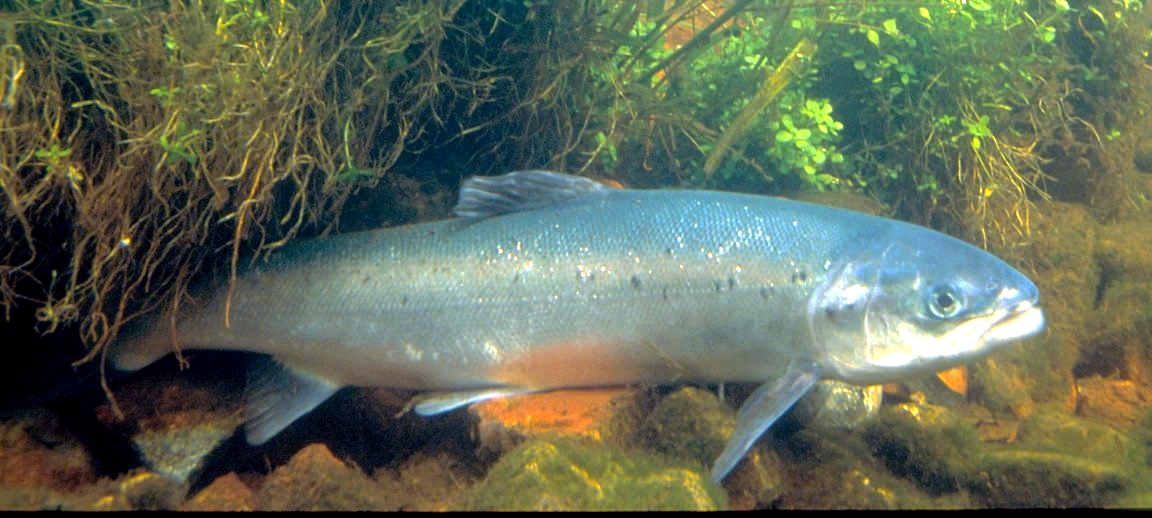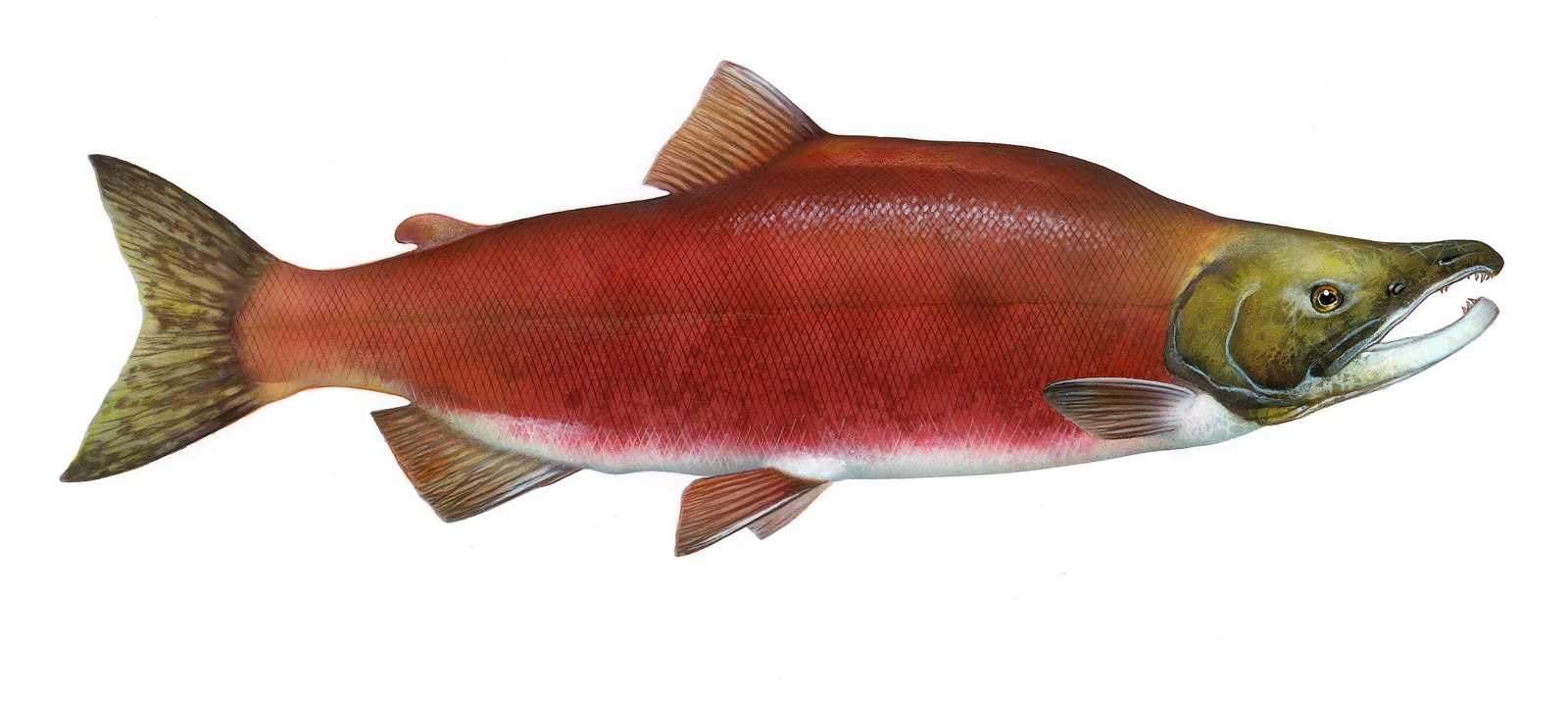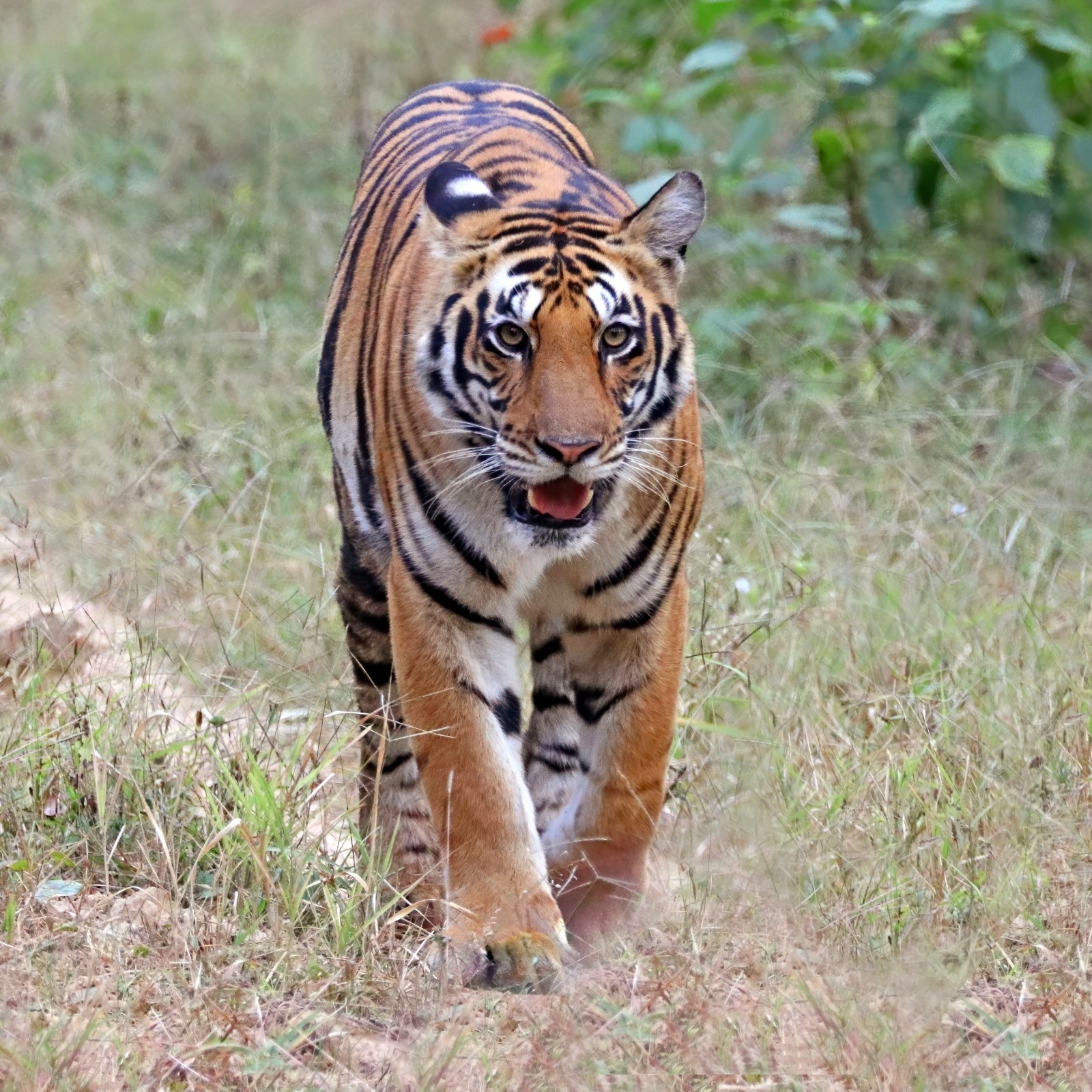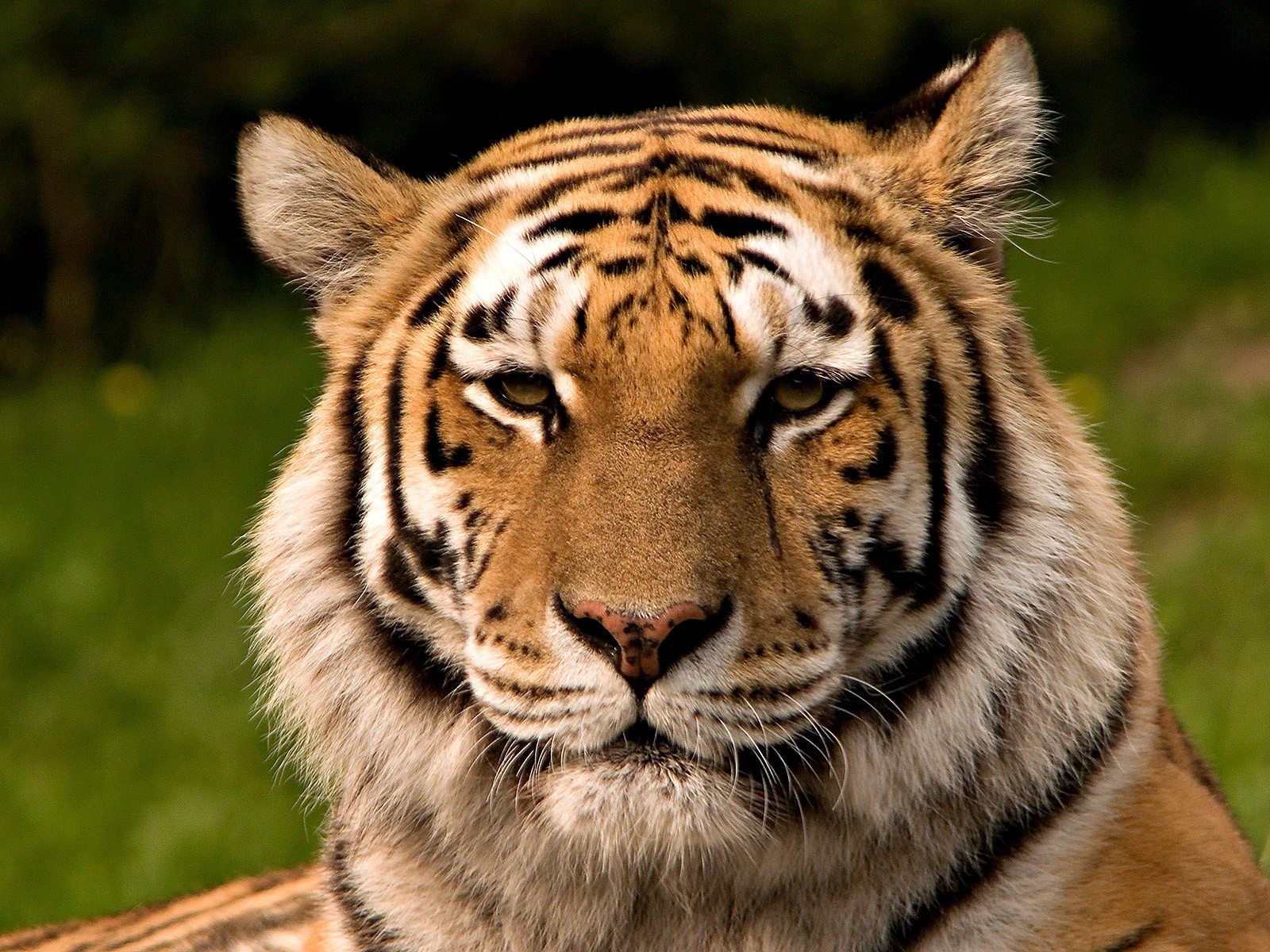Wolf vs Fox: A Complete Comparison
While wolves and foxes both belong to the Canidae family, these fascinating predators differ significantly in size, social behavior, and hunting strategies. Gray wolves (Canis lupus) typically weigh 70-110 pounds (32-50 kg), while the red fox (Vulpes vulpes) averages just 8-15 pounds (3.5-7 kg). This dramatic size difference reflects their evolved roles as apex predators versus opportunistic hunters.
The contrast between wolves and foxes extends far beyond mere physical dimensions. Wolves are renowned for their complex pack dynamics and cooperative hunting strategies, while foxes generally maintain solitary lifestyles, coming together only during breeding season. These fundamental differences shape everything from their territorial behaviors to their preferred prey species.
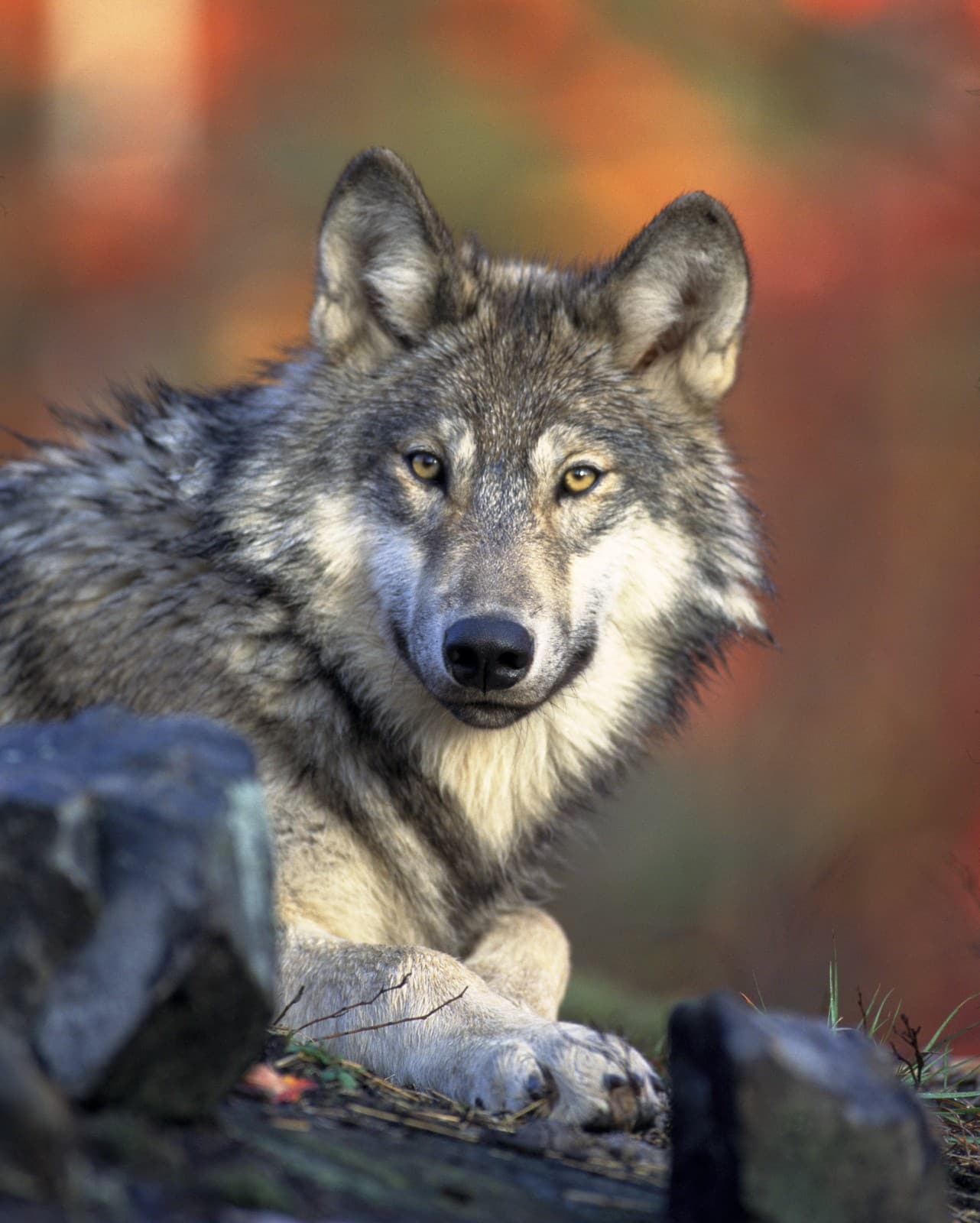
The gray wolf exemplifies pack-oriented predator evolution, with robust build and features adapted for cooperative hunting and taking down large prey. Their broader skull, larger teeth, and more muscular frame distinguish them from their smaller canid relatives.
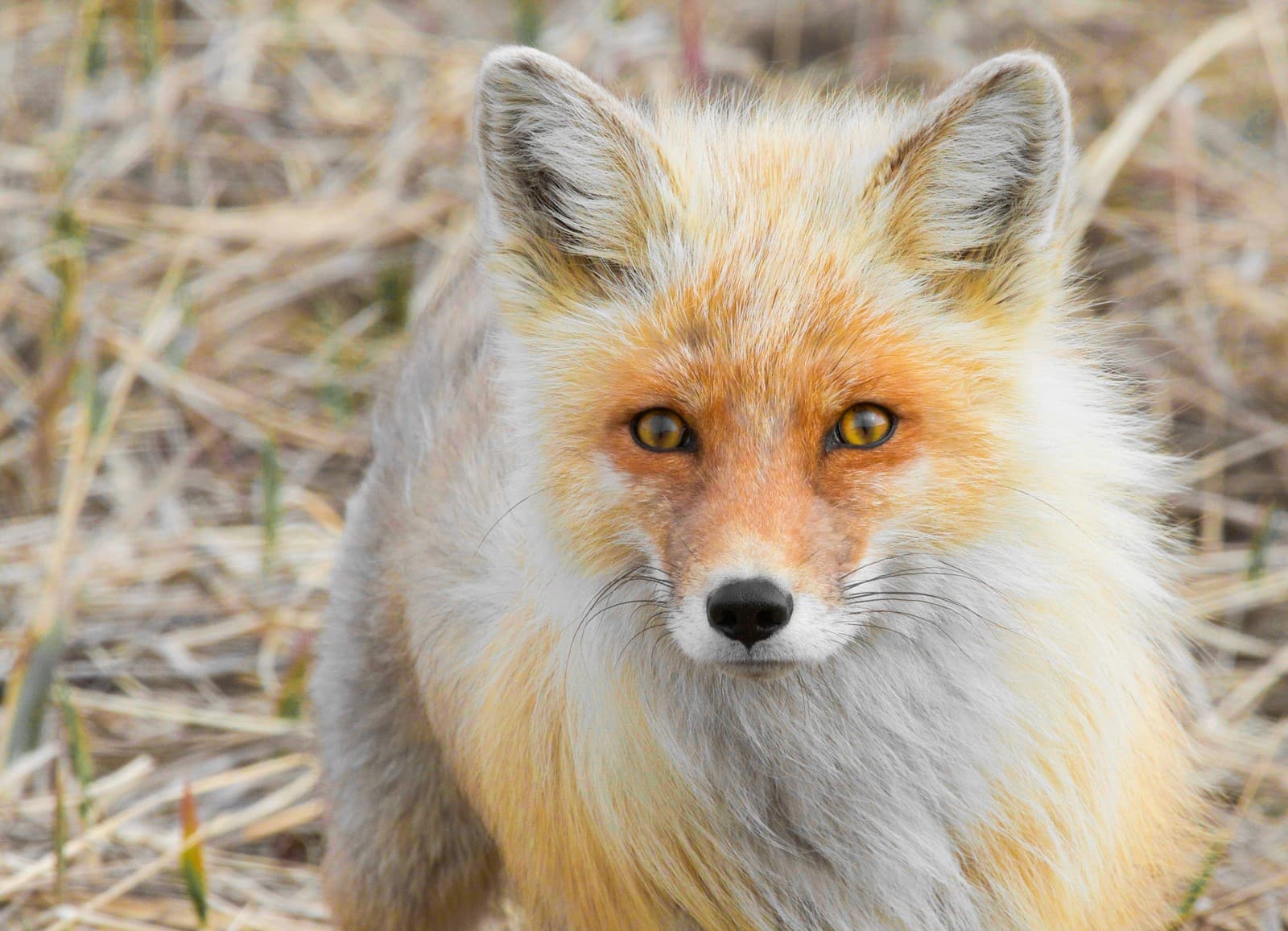
The red fox showcases the perfect blend of adaptability and stealth, with a lighter frame and distinctive coloring that aids in both hunting and camouflage. Their pointed features and smaller size enable them to excel at catching small prey in varied environments.
Key Physical and Behavioral Differences
| Feature | Wolf | Fox |
|---|---|---|
| Weight | 70-110 lbs (32-50 kg) | 8-15 lbs (3.5-7 kg) |
| Social Structure | Pack-oriented | Primarily solitary |
| Hunting Style | Cooperative pack hunting | Solo hunting/scavenging |
| Territory Size | 50-1,000 sq miles | 1-8 sq miles |
| Prey Size | Large ungulates | Small mammals, birds |
| Lifespan | 12-14 years | 3-4 years |
Habitat and Range Comparison
Wolves demonstrate remarkable adaptability across vast territories, inhabiting environments from Arctic tundra to temperate forests. Their pack structure allows them to defend territories spanning 50-1,000 square miles (130-2,600 square kilometers), depending on prey density and habitat type.
Foxes, conversely, thrive in more diverse settings, including urban environments. Their smaller territories, typically 1-8 square miles (2.5-20 square kilometers), reflect their ability to sustain themselves on more readily available small prey and human-adjacent food sources.
Hunting and Diet Strategies
Wolf Hunting Patterns
- Cooperative pack hunting techniques
- Focus on large ungulates (elk, deer, moose)
- Strategic pursuit and takedown methods
- Pack coordination for prey capture
- Capable of taking down prey 10x their size
Fox Hunting Patterns
- Solo hunting focusing on stealth
- Primarily target rodents and rabbits
- Distinctive pouncing technique
- Opportunistic scavenging
- Expert at catching birds and small prey
Social Structure and Communication
Wolves maintain complex social hierarchies within their packs, typically consisting of 6-12 individuals, though larger packs exist. Their sophisticated vocal communication includes howling, growling, and body language that maintains pack cohesion and establishes territory.
Foxes, while capable of social bonding, primarily interact during mating season and early kit-rearing. Their vocalizations serve different purposes, with their distinctive screams and barks primarily used for territory marking and mating calls.
Intelligence and Problem-Solving
Both species demonstrate remarkable intelligence, but in different contexts. Wolves excel at cooperative problem-solving and social learning, while foxes show exceptional adaptability and individual problem-solving skills, particularly in urban environments where they must navigate human-created challenges.
Conservation Status and Human Interaction
While both species face habitat loss and human conflict, their conservation stories differ significantly. Wolf populations have experienced dramatic rebounds in certain regions following protection efforts, though they remain controversial in areas where they interact with livestock. Foxes generally maintain stable populations and have successfully adapted to urban environments, though they face different challenges related to human proximity.
This comprehensive comparison between wolves and foxes reveals how these remarkable canids have evolved to occupy distinct ecological niches, each developing specialized adaptations that ensure their survival in their respective environments. While they share a common ancestor, their evolutionary paths have led to fascinating differences in size, social structure, and hunting strategies that continue to captivate wildlife researchers and enthusiasts alike.
